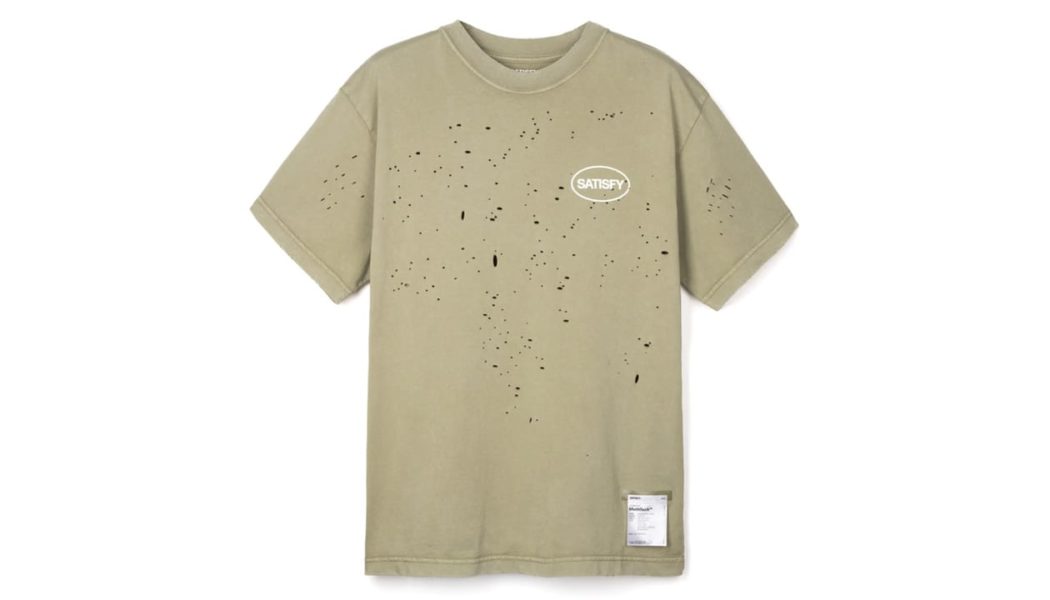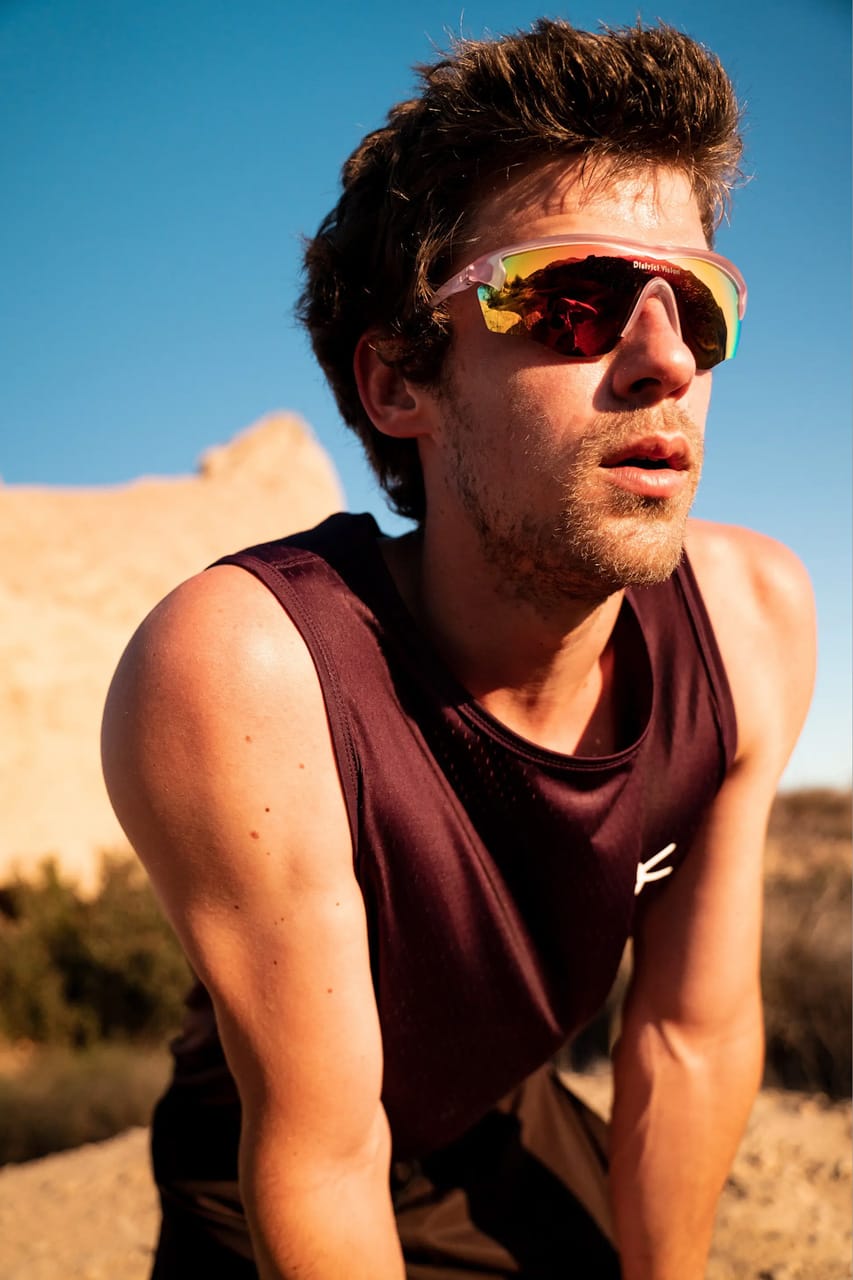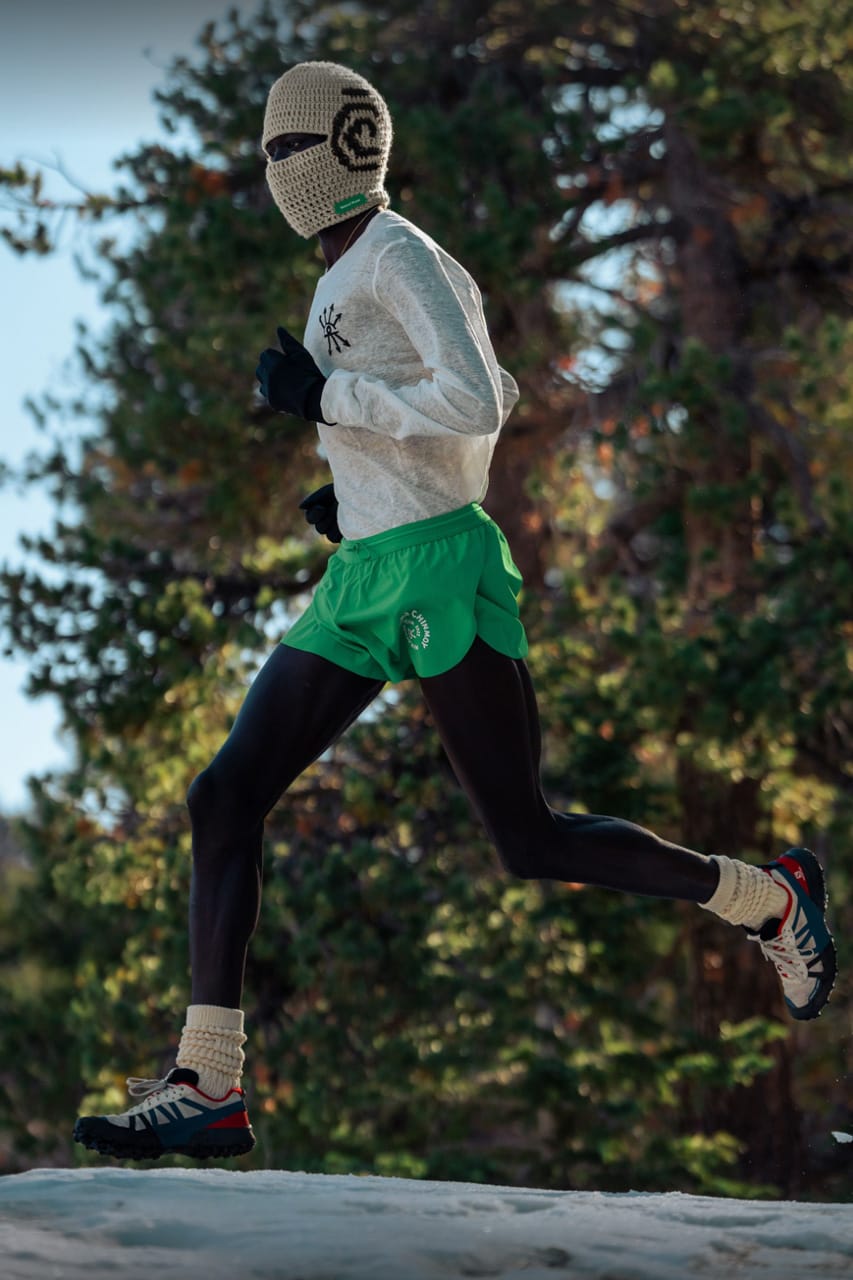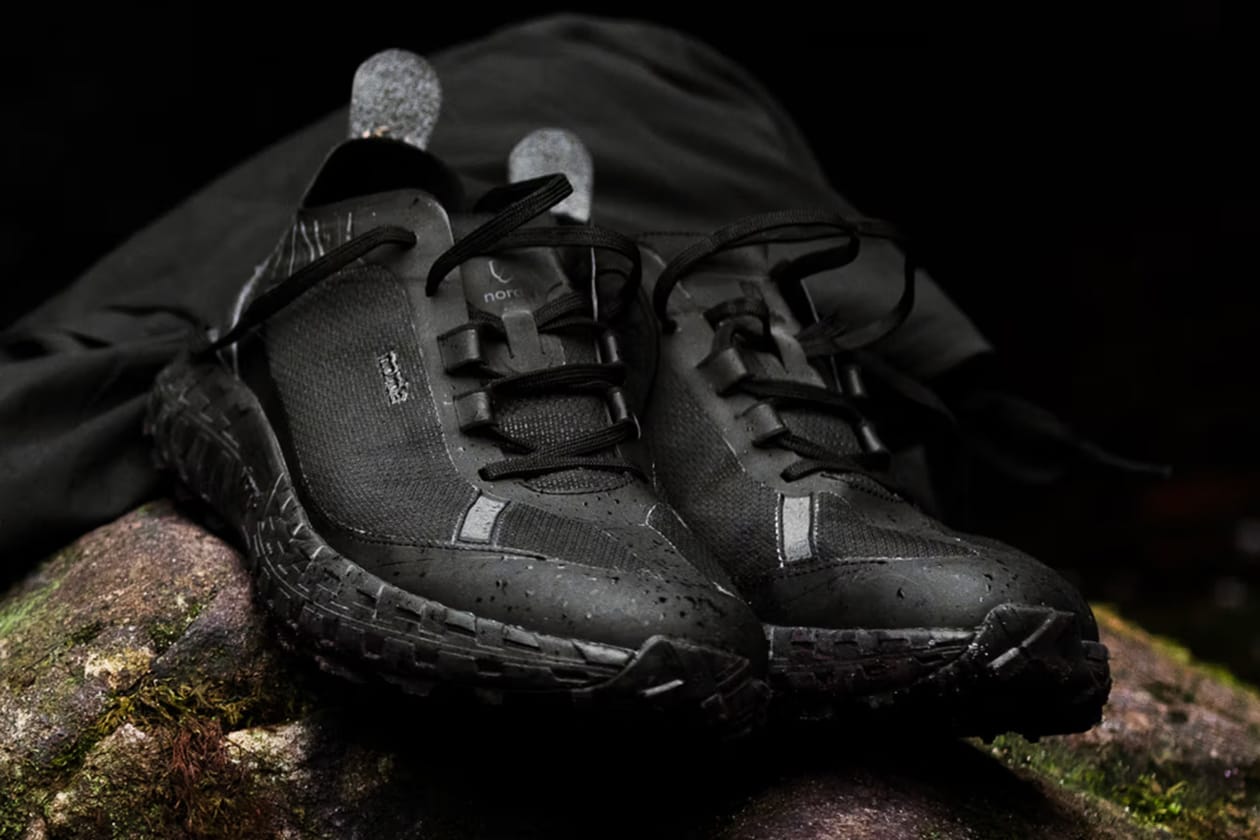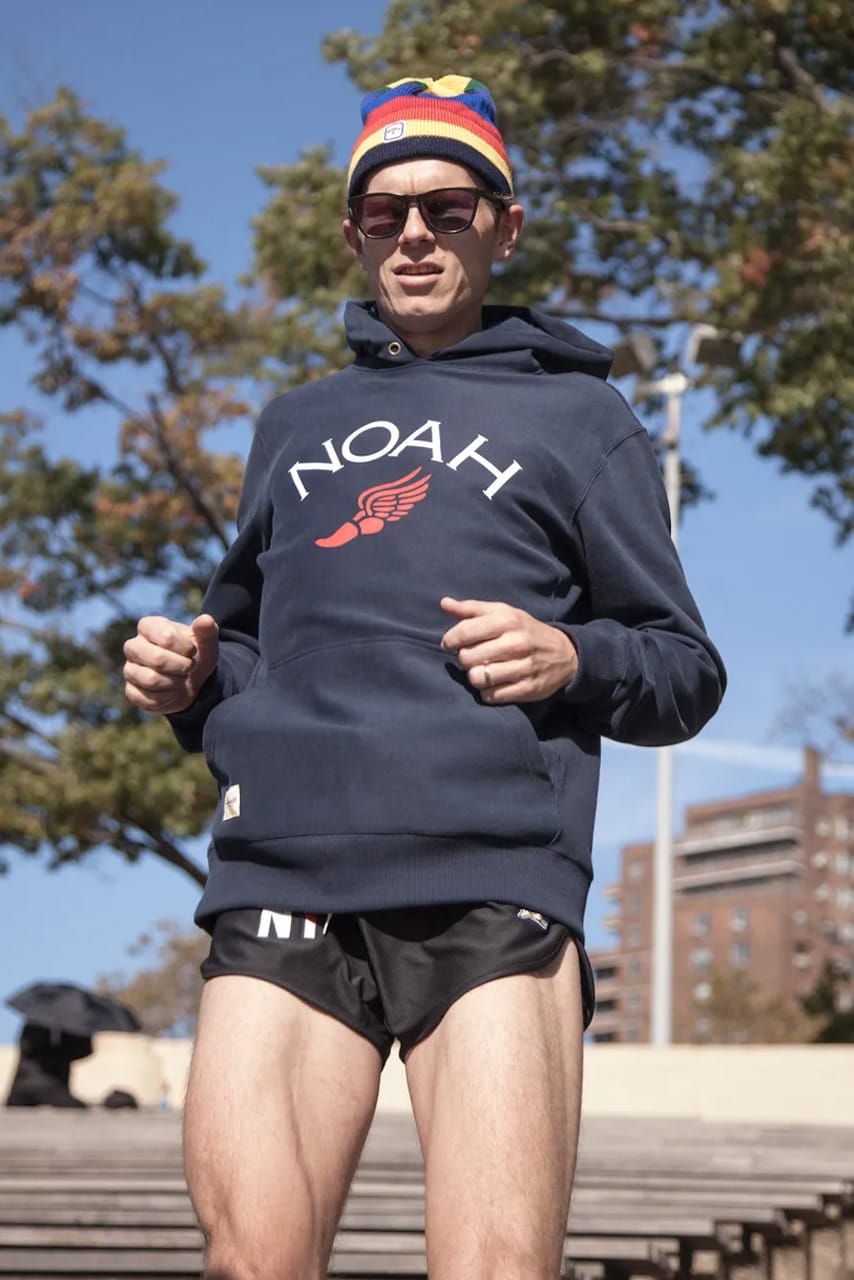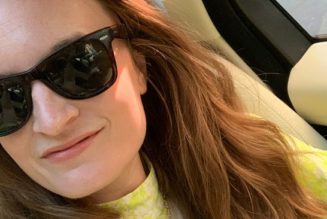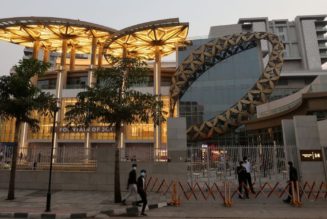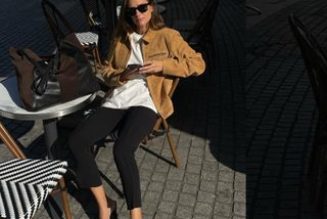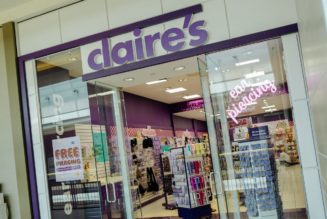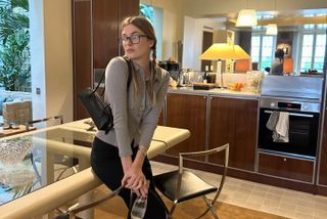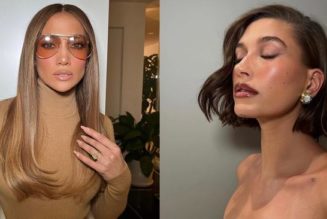The days of running apparel offering little more than utilitarian benefits are behind us. Sure, you only need a pair of sneakers to hit the pavement – running is a proletarian activity at its core – but a crop of indie running brands like Satisfy, District Vision and norda are fueling a new genre of performancewear, one that champions the “look good, perform good” mindset with fashion-forward garments and gear. In tandem with running’s explosion in popularity during the 2020 pandemic and the expansion of running culture in big cities, consumers are seeking activewear that not only delivers peak performance but also reflects their personal style and is adaptable to lifestyle wear. Whereas brands once may have prioritized function with little regard for form, these brands approach that relationship with a careful balance of aesthetic sensibility and performance technology.
Fashion-forward running garments aren’t a novel concept – Nike has been churning out its own brightly patterned tank tops and the now-famous Windrunner jacket since the ‘70s. But, from a macro perspective, there has long been a chasm between the luxury fashion space and the athletic apparel industry as it relates to big-box brands. From the ‘80s to the ‘00s, lifestyle-meets-performance gear from popular athletic brands catered predominantly to women and activities like yoga and pilates – in the ‘80s, Reebok marketed its Freestyle shoe at “career women,” designed to transition seamlessly from aerobics classes to daily wear, while Skechers’ early 2000s Shape-Ups were billed as conducive to toning one’s legs while walking. Running, a high-intensity sport, had no need for athleisure wear as what happened before or after the run was not often considered.
As a result brands, brands that historically produced high-quality running gear struggled to compete against those that began to take aesthetics into account. When Nike, which originated solely as a running shoe company, attempted to make its first adaptable, casual sneaker in the ‘80s in response to the popularity of aerobics and Reebok’s dominance of the market, the unnamed project was a flop. Later, Nike founder Phil Knight described it to Harvard Business Review as “funny looking” and, ultimately, a commercial failure.
While the need for stylish running wear had been recognized — and Nike has clearly figured out the “adaptable, casual” footwear market since the early ‘80s — it was only a decade ago that luxury running wear materialized with the founding of some of the aforementioned boutique brands. As a new market, almost all of the brands in the space can be considered indie in name, if not financial status: putting out small-batch production runs and engineering each garment individually rather than merely copy-pasting graphics on a mass-produced performance tee.
While Satisfy, District Vision and norda all eschewed describing their products as “luxury” and resisted being called a “fashion” brand, there’s undeniable overlap between the exclusivity of each brand’s products, its cult following and, naturally, its higher-than-average retail prices. Brice Partouche, who founded Satisfy in 2015, describes its wares as “romantic performancewear.” On the Satisfy website, you’ll find shorts for trail running, climbing and hiking, along with half tights and a variety of base layers, with most products sitting around the $200 USD mark. One of Satisfy’s most distinguishing garments is its MothTech™ T-shirt, a $131 USD moth-eaten graphic tee “with strategically placed holes for ventilation and cooling.” Each design element, even seemingly trivial ones like “moth holes,” is backed by technical impetus. “We would never sacrifice a technical spec for the pure aesthetics,” Partouche says, explaining that Satisfy’s design process is driven by solving problems that runners may face with the market’s current gear. The brand also develops all of its fabrics in-house, an ambitious undertaking that could serve to justify the cost to detail-oriented consumers.
Partouche notes that defining Satisfy as a “fashion brand” in any way would cast a shadow over the technical capabilities of its products, but he does think that runners today are simply paying more attention to style. “Previously runners would throw anything on and go,” he says. “Today there’s a shift in linking their cultural identity to how they dress for any outdoor activity — not just running.”
District Vision is leaning into the potential overlap between runners and those already seeking out upscale brands by listing its wares on some of the fashion industry’s premier online storefronts, including HBX, SSENSE and NET-A-PORTER. Founded by Tom Daly and Max Vallot in 2016, the eyewear and apparel brand was created with the intent to marry the “outdoor spirit of California and the Japanese approach to engineering.” Most known for its running eyewear, District Vision offers futuristic shades like the $315 USD Junya Racer, which features shatterproof, polycarbonate lenses finished with various treatments, from rainbow ombres to solid colors. “Since eyewear is worn daily and prominently displayed on the face, customers expect a refined level of detail in its design,” District Vision brand manager Claire Henderson says.
As for its apparel, District Vision brings an enhanced flair to what other brands have approached more simply, upgrading staple pieces and with artisanal materials or unique embellishments. Take the balaclava, a basic nylon or cotton essential for runners and commuters alike during the cold months. District Vision’s elevated take on the balaclava is made from hand-crocheted mohair with a swirl artwork designed by Comme des Garçons heart logo designer Filip Pagowski. It’s also priced at $235 USD. At first glance, the balaclava doesn’t appear to be a technical garment at all, but perhaps that’s what makes it so enticing for runners who want to wear their gear to double for everyday use, given they’re shelling out a pretty penny. (And as an alternative, District Vision offers its flagship balaclava for $95 USD.)
Boutique running brands already put out less stock by default, as they tend to emphasize meticulous design across a select few products rather than the comparably massive output of brands like Nike and adidas, and this enables them to employ one of the oldest tricks in the luxury book: leveraging exclusivity to create demand and maintain a sense of prestige. As a brand with a design process rooted in multiple cities and privy to global trends, Vallot says District Vision “doesn’t design for fashion per se” yet is inspired by those cultural conversations. “Performancewear becomes fashion when it’s taken from its intended use case and appropriated in a different cultural setting.”
The bridge between running brands and contemporary trends hasn’t gone unnoticed by fashion institutions either. Luxury groups that own and invest in brands are quickly beginning to notice the potential financial gains of including these running brands in their portfolios. In February 2023, Italian luxury group Ermenegildo Zegna — which, besides its namesake label, owns Thom Browne and Tom Ford — acquired a minority stake in the Canadian trail running brand norda, founded by Nick and Willamina Martire just two years prior.
norda’s debut shoe, the $295 USD norda 001, was clearly engineered for the trails: the upper and laces are woven out of the impenetrable material Dyneema and the sole uses Vibram’s Litebease and Megagrip for traction and a lightweight feel. For most running brands, trail shoes are an afterthought to road and track and it’s not uncommon for their off-road designs to utilize the same upper body but merely swap out the sole for a “tougher” version, whereas norda’s is designed and optimized for the trail from the ground up. norda has seemingly identified and filled a gap in the industry with its unique, ultra-endurance trail shoe lineup (Martire says the sneakers are still kicking after 600+ miles) yet for all its technical capabilities, the retro design still wouldn’t look out of place at a Brooklyn coffee shop. “We wanted the 001 to perform like a running shoe but look like a lifestyle shoe,” norda’s head of product design Louis-Martin Tremblay told Hypebeast in 2022, noting that the shoe’s heel tab shape draws from the Porsche 911, while the rugged look was influenced by industrial design mastermind Dieter Rams. “The materials are amazing from a performance standpoint, but they also serve as validation for the overall look and the price point.”
Zegna released a statement on its stake in norda, explaining that “the luxury outdoor space continues to be an area of focus for the Group.” The stake in norda taken by the conglomerate evidenced a larger point that these running brands have tried to make for years: performancewear is best done by dedicated running brands rather than merely an offshoot of luxury fashion brands. Proof of concept can be seen by the lack of success produced by Thom Browne’s expensive athleticwear (which is currently marked down heavily on its site). Runners with a generous budget would rather buy gear they can trust will deliver on a technical front and boutique brands offer more sophisticated craftsmanship that doesn’t skimp on the aesthetics.
“We don’t compromise our aesthetic sensibilities. Why does performance need to be ugly?” —Willamina Martire, norda Co-Founder
“We’ve never purposely emphasized “fashion” – [our designs] speak for [themselves],” Willamina Martire says. “Of course, as mentioned previously, we don’t compromise our aesthetic sensibilities. Why does performance need to be ugly?”
Within the world of independent brands, there are seemingly endless options for each runner’s individual tastes. Beyond the aforementioned brands, Boston-based Tracksmith’s aesthetic is reminiscent of 1980s track and field team garb from an East Coast Ivy League college. The Brooklyn-centric Bandit, meanwhile, offers no-frills, mostly black and white garments emblazoned with its blocky logo. Another Brooklyn up-and-comer, MILER RUNNING focuses on small-batch production, where founder Ben Morrow provides a “technical breakdown” of each piece through a set of videos called “Designer Notes.”
Heavy hitters in the fashion and athletic apparel industry alike have also noted the growing interest in luxury performancewear. Tracksmith collaborated with staple streetwear brand NOAH in 2017 for a New York Marathon capsule. Bandit recently inked a long-term partnership with ASICS and rolled out their first collaboration, which wasn’t a garment but a marathon training program. Satisfy has collaborated widely, teaming up with Osprey for mineral-dyed hiking backpacks and with Salomon to develop the RA MAX road running shoes. The Parisian brand was even tapped by norda for signature colorways of its 001 shoes, as well as by Crocs and HOKA.
As independent running brands continue to establish themselves and their gear as worth investing in, more runners with cash to spare may invest in higher-quality, upscale performancewear. While a T-shirt with artificial moth-bitten holes certainly isn’t a necessity to hit the pavement, runners who sport something other than your run-of-the-mill graphic tee could bear the benefits of simply feeling more put together and a bit more individualist. “More and more people are getting into running,” Partouche notes. “These [brands] have inspired people to take a chance in expressing their version of running culture.”
